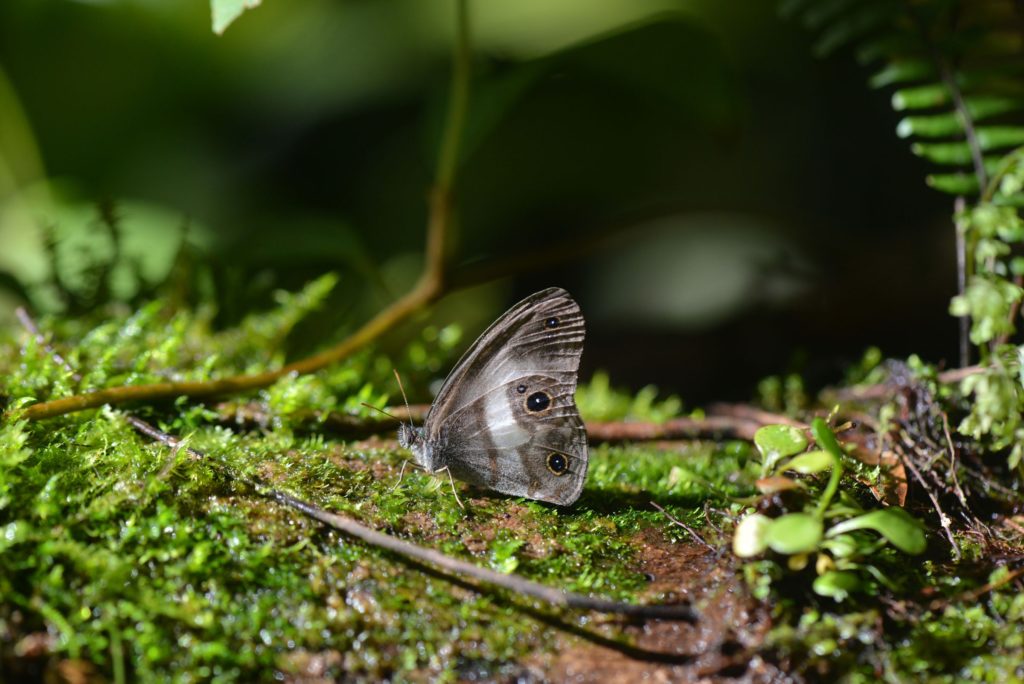Bolivian cloud forest-
“An expedition into a steep, remote mountain area unveils discoveries of strange frogs, snakes, and plants—and the return of species thought to be extinct.“

The following written content by Eric Nitler
THERE ARE SOME special places on Earth that scientists are pretty sure will yield new species when they manage to get there. The deepest parts of the ocean, for example, or remote islands that haven’t been trampled by tourists. But a high-altitude Bolivian cloud forest has staked its claim as a global biodiversity hotspot as biologists announced today that they discovered an amazing 20 species new to science, including a poisonous viper, a super tiny frog, and four species each of orchids and butterflies.
This Shangri-La of biodiversity is known as the Zongo Valley, located about 30 miles from the city of La Paz, Bolivia. It has been protected from human intrusion because of the steepness of the mountain slopes, which range from 2,000 to 17,000 feet in elevation. These slopes are home to a “cloud forest” that forms as rising moist air condenses and produces a constant high-altitude rainfall that supports a wide variety of animals, from the rare Andean bear to tiny dung beetles and unusual plants that resemble insects. Andean cloud forests like the Zongo also produce most of the water that drains into the Amazon River basin. The Zongo’s rugged terrain and steep hillsides have also isolated animals and plants from each other, thereby producing new species over generations.


The Zongo Valley is difficult to access for both scientists and loggers, according to Trond Larsen, director of the rapid assessment program for Conservation International, and coordinator of the Bolivian expedition. “It’s a reason why we find a lot of unique species,” Larsen says. “When you find a lot of steep valleys, it blocks the movement of animals, and so it has pockets of high endemism. The same features that lead this area to have natural protection also contribute to unique things that we find.” Read more from Wired.
Here’s more interesting information about cloud forests:
Follow similar interesting unbiased news stories from News Without Politics





